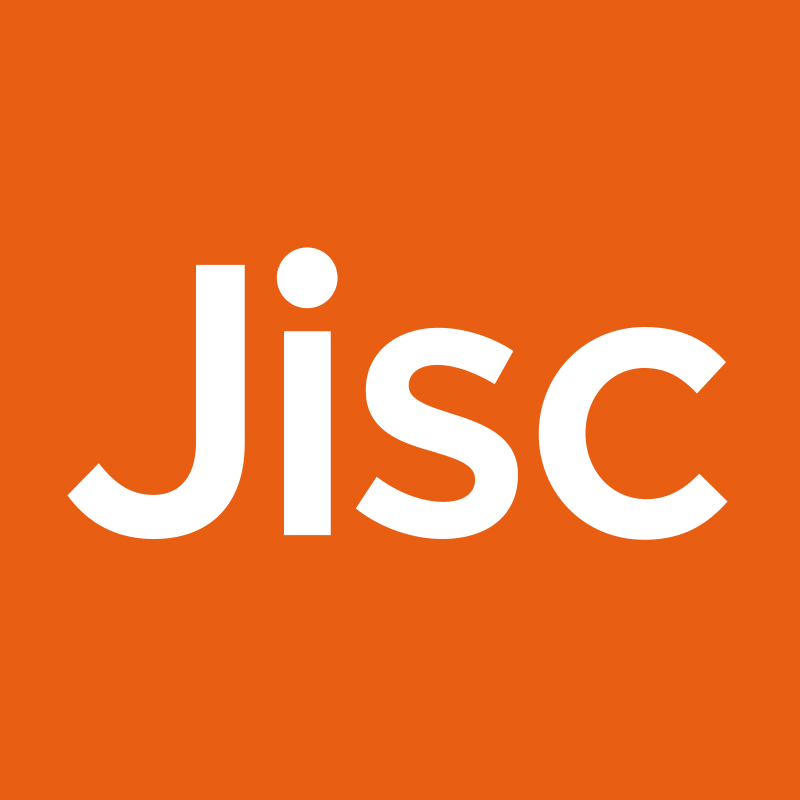I have recently attended a number of events on the role(s) of Public engagement in the Arts and Humanities.
As a result I thought it might be useful to document some of the key issues that arose from these events, and some of the actions institutions and departments have been taking to deal with these challenges.
These are not exhaustive, nor final… just some of the more interesting points that arose from the discussions.
Benefits of Public Engagement
- New research outputs and collaborations – How does engaging the public change the nature of research outputs? Indeed, members of the public can do aspects of research that individual researchers are unable to do by themselves (e.g. Galaxy Zoo)
- Opening up new research areas – by involving the public can entirely new areas of research be uncovered?
- Dissemination – Engaged research is already embedded within communities and interested groups etc. Dissemination is a natural part and benefit of public engagement, not an add-on or after thought.
- Making research relevant – If we are sceptical of that which we do not understand, then our involvement in that work means it becomes important to us all, and we are able to better understand its benefits. At times of scrutiny (especially financial) that understanding can be extremely important.
Issues with Public Engagement
- ‘Self-defined’ engagement – Is this publicly instigated or research led engagement? What are the implications for engagement if it is always led and instigated by the researcher?
- Low institutional status – Angela Hobbs gave a fasinating presentation on her unique role as Senior Fellow for the Public Understanding of Philosophy. However, it was made very clear to Angela that this role would significantly hamper her chances of promotion and that in times of crisis hers could be the first to be cut! Why would early career researchers adopt engagement if it is bestowed with such low staus by many institutions (in practice, if not in spirit).
- Tension between research outputs and engagement – The low status of engagement often stems from this issue: It is hard to keep research outputs high and still effectively engage with the public. Usually it is the researchers career that suffers!
- Lack of recognition – Again, this follows from the lack of status within institutions, but engagement is not, generally, formally recognised within the academy. This is probably the biggest barrier to embedding public engagement within researchers work.
- Lack of best practice – Despite the fact that public engagement is not a new way of working (researchers have been working in this way for a long time) there is very little in the way of best practice and support for this type of research methodology. A few organisations, such as the National Co-Ordinating Centre for Public Engagement, are however, working to change this.
Toughts for Funders
Is the way we fund engagement part of the issue? The project methodology is a possible barrier to the uptake and embedding of public engagement by researchers – when the funding ends, so does the engagement. Are there better ways of funding projects and research to engage outside of the academy?
Another issue that arises from the funding model is that researchers often lack the partnerships and collaborators prior to funding being available. Could funders provide small amounts of money to establish some of these engagements and relationships, before large amounts of money are spent on research.
A final thought is about Impact and public engagement projects/research: How do we measure the impact that community and public engagement projects have within both the academy and the community? indeed can we really measure it?
Should it be less about impact and evaluation and more about dissemination and best practice?:
You can count the number of seeds you sow; not the quality of the trees that will grow
Finally…
The recently funded Community Content projects from JISC confront and address many of the issues that arose from the discussions and workshops at these events. Visit the project webpages to discover more.

